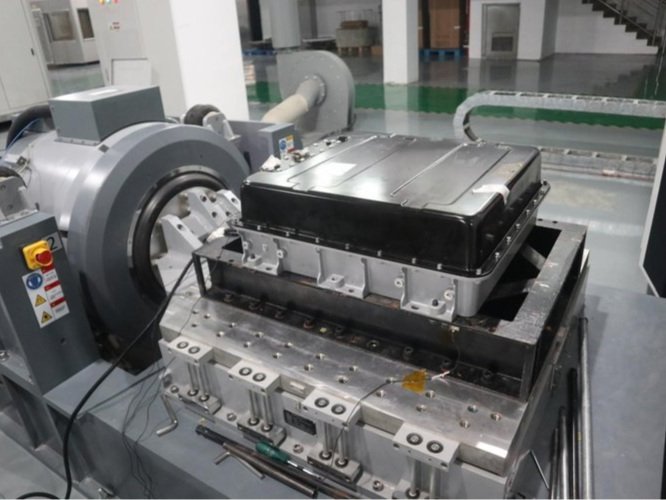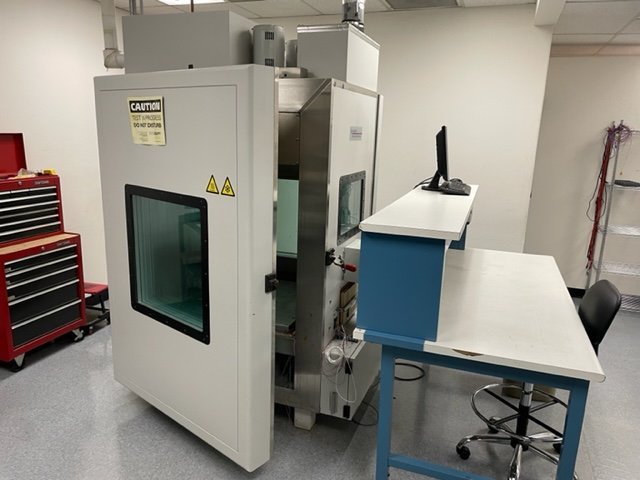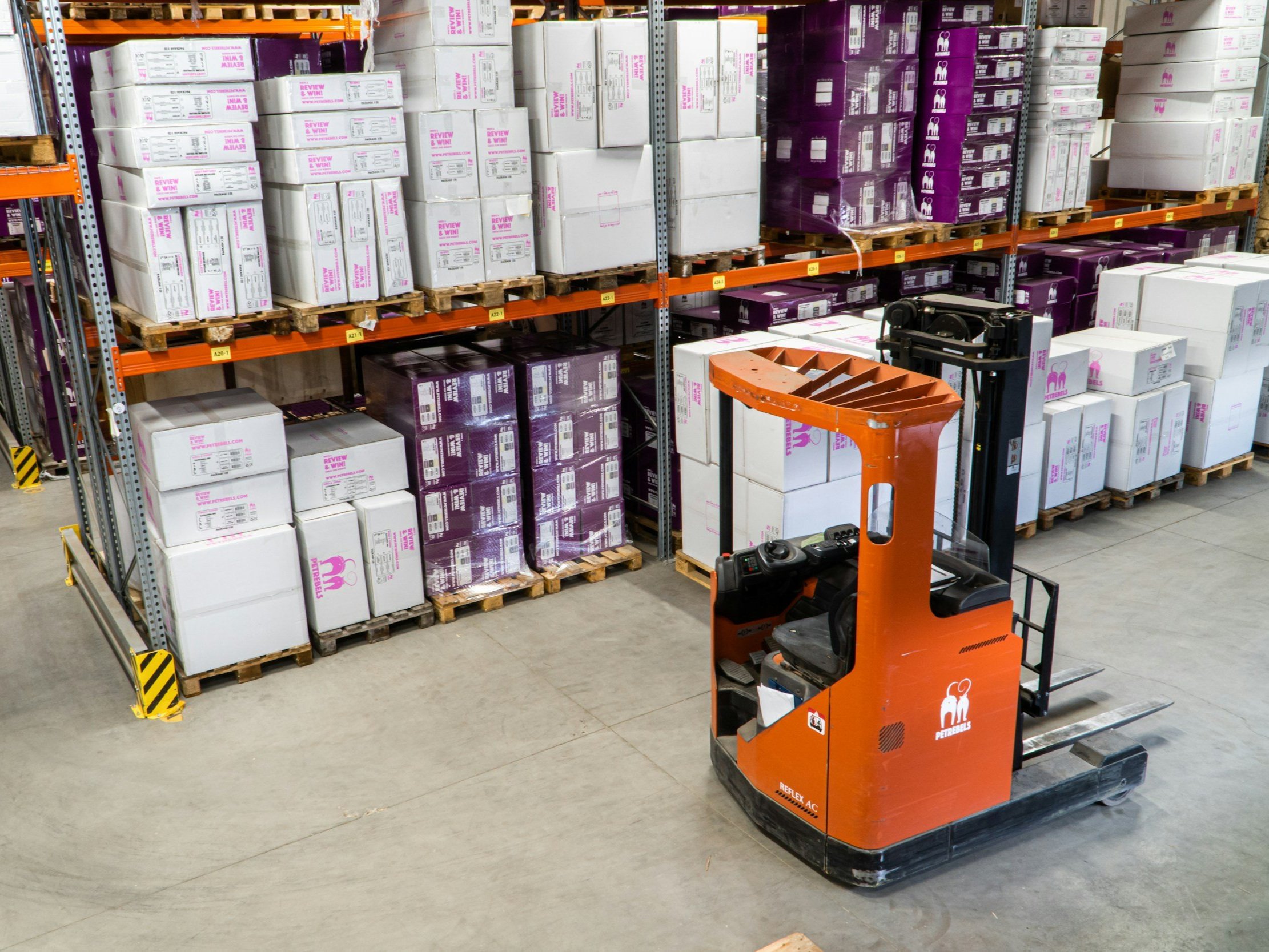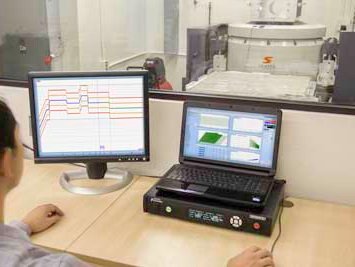Aerospace Environmental Testing
Flight Testing
To simulate and analyze vibration responses during different flight conditions.
Modal Analysis
Determining the natural frequencies, damping ratios, and mode shapes of aerospace structures to understand their dynamic behavior.
Structural Health Monitoring
Continuous monitoring of aircraft structures to detect and assess vibrations that could indicate potential structural issues.
Ground Testing
Testing aerospace components and assemblies on the ground to ensure they can withstand vibrations encountered during flight.
Rotor Dynamics
Analyzing vibrations in helicopter rotors and other rotating components to optimize performance and reduce fatigue.
Satellite Deployment
Controlling vibrations during satellite deployment from launch vehicles to avoid damage to onboard equipment
Propulsion Systems
Monitoring and controlling vibrations in aircraft engines and rocket propulsion systems to enhance reliability and safety.
Spacecraft Launch
Assessing and mitigating vibrations during spacecraft launch to protect sensitive payloads and ensure mission success.
Aircraft Interiors
Minimizing passenger discomfort by controlling vibrations in aircraft interiors caused by engines and air turbulence.
Avionics Testing
Evaluating vibrations on avionics equipment to ensure reliability and functionality under dynamic conditions.
Products
Handheld Analyzers Dynamic Signal Analyzer (crystalinstruments.com)
Ruggedized Portable Analyzers Dynamic Signal Analyzer (crystalinstruments.com)
Dynamic Data Acquisition Dynamic Signal Analyzers (crystalinstruments.com)
Vibration Controllers Vibration Test Controller (crystalinstruments.com)
High Channel Count Systems Vibration Test Controller & Dynamic Signal Analyzer (crystalinstruments.com)
Strain Gage Measurement Strain Gage Measurement System (crystalinstruments.com)
Temperature Measurement Temperature Testing System (crystalinstruments.com)
Ground Recording System Ground Recorder System (crystalinstruments.com)
THV Testing Systems Combined Temperature, Humidity, and Vibration Testing (crystalinstruments.com)
Contract Testing Vibration Testing Lab Services (crystalinstruments.com)
Post Analysis Software EDM Post Analyzer Software (crystalinstruments.com)
Additional Resources
Acoustics Acoustic Testing & Acoustic Measurement (crystalinstruments.com)
End-of-line Testing Automated Production Testing (crystalinstruments.com)
Environmental and Structural Testing Structural Dynamics Testing (crystalinstruments.com)
Modal Analysis Modal Testing & Modal Analysis (crystalinstruments.com)
Multi-Axis Vibration Testing MIMO Vibration Test Controller (crystalinstruments.com)
Order Tracking Order Tracking Analysis (crystalinstruments.com)
Rotor Balancing Rotor Balancing (crystalinstruments.com)
Shock Response Spectrum Shock Response Spectrum (SRS) Analysis (crystalinstruments.com)
Time Waveform Replication Time Waveform Replication (crystalinstruments.com)
Vibration Intensity Whole Body Vibration Analysis (crystalinstruments.com)
Solutions for Battery Testing Combined Environmental Battery Testing (crystalinstruments.com)
MIL-STD Testing Military Standards (MIL-STD) Testing (crystalinstruments.com)
Transportation Testing Transportation Vibration Testing (crystalinstruments.com)
Earthquake Testing Earthquake Testing Control (crystalinstruments.com)
Blade Fatigue Testing Blade Fatigue Testing (vibration control) (crystalinstruments.com)
Transducer Calibration Software Transducer Calibration Software (crystalinstruments.com)
































































































































